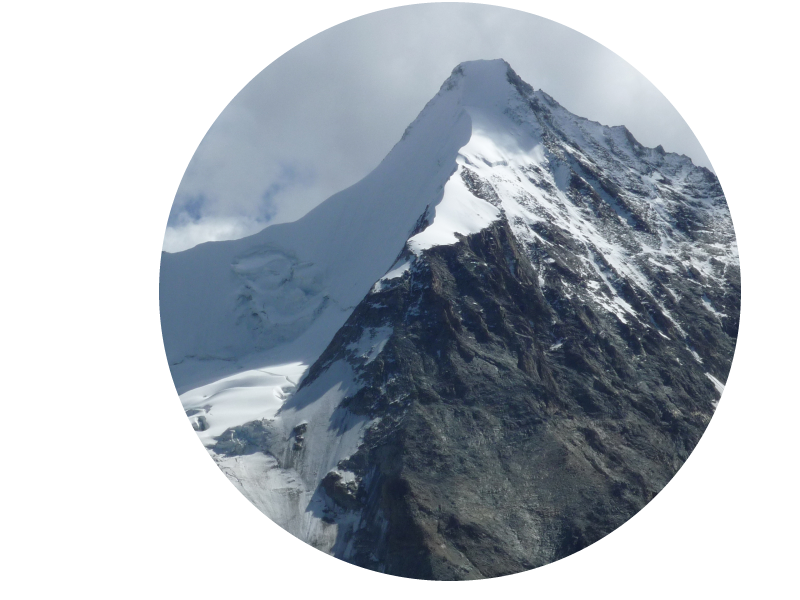sommet et retour
Le sommet
La course ne se termine pas au sommet. Dans bien des cas, c’est en fait là qu’elle commence !
La fatigue, la neige ramollie, les chutes de pierres, la difficulté de trouver le bon cheminement font du retour une entreprise qui doit être prise très au sérieux.
Le montagnard conscient ne perd pas de temps au sommet. Le repos, le pique-nique et le tour d’horizon ne sont pas des pertes de temps s’ils sont raisonnables.
La descente
C’est souvent la phase périlleuse de la course.
Le chef de cordée descend toujours en dernier. En terrain difficile, il ne descend que lorsque le relais est établi. Il incombe au premier à descendre de poser les assurages intermédiaires.
Si possible, éviter les rappels qui font perdre beaucoup de temps et ne sont pas exempts de risques.
Le retour
On ne plie la corde qu’une fois en dehors du glacier.
Si vous repassez par la cabane, prévenez le gardien de votre retour et informez-le sur les conditions de la course.
La descente vers le fond de la vallée… et la bière fraîche, se fait généralement sur sentier.
On préserve ses genoux et sa colonne vertébrale en adoptant une marche souple et régulière.
L’utilisation des bâtons de marche améliore le confort de la descente.
On préserve le sentier en évitant de prendre des raccourcis.
summit and return
The summit
The race doesn’t end at the summit. In many cases, it actually starts there!
Tiredness, softened snow, falling rocks and the difficulty of finding the right route make the return journey an undertaking that must be taken very seriously.
The conscious mountaineer wastes no time at the summit. Resting, picnicking and looking around are not a waste of time if they are reasonable.
The descent
This is often the most dangerous part of the climb.
The leader always comes down last. In difficult terrain, he only descends once the belay has been established. It is up to the first person down to set the intermediate belays.
If possible, avoid abseiling, which wastes a lot of time and is not without risk.
The return
Only fold the rope once you are off the glacier.
If you are returning via the hut, let the warden know that you are coming back and inform him of the conditions of the route.
The descent to the bottom of the valley… and the cold beer, is generally done on footpaths.
You can protect your knees and spine by walking smoothly and steadily.
Using walking poles makes the descent more comfortable.
Protect the path by avoiding shortcuts.



0 commentaires